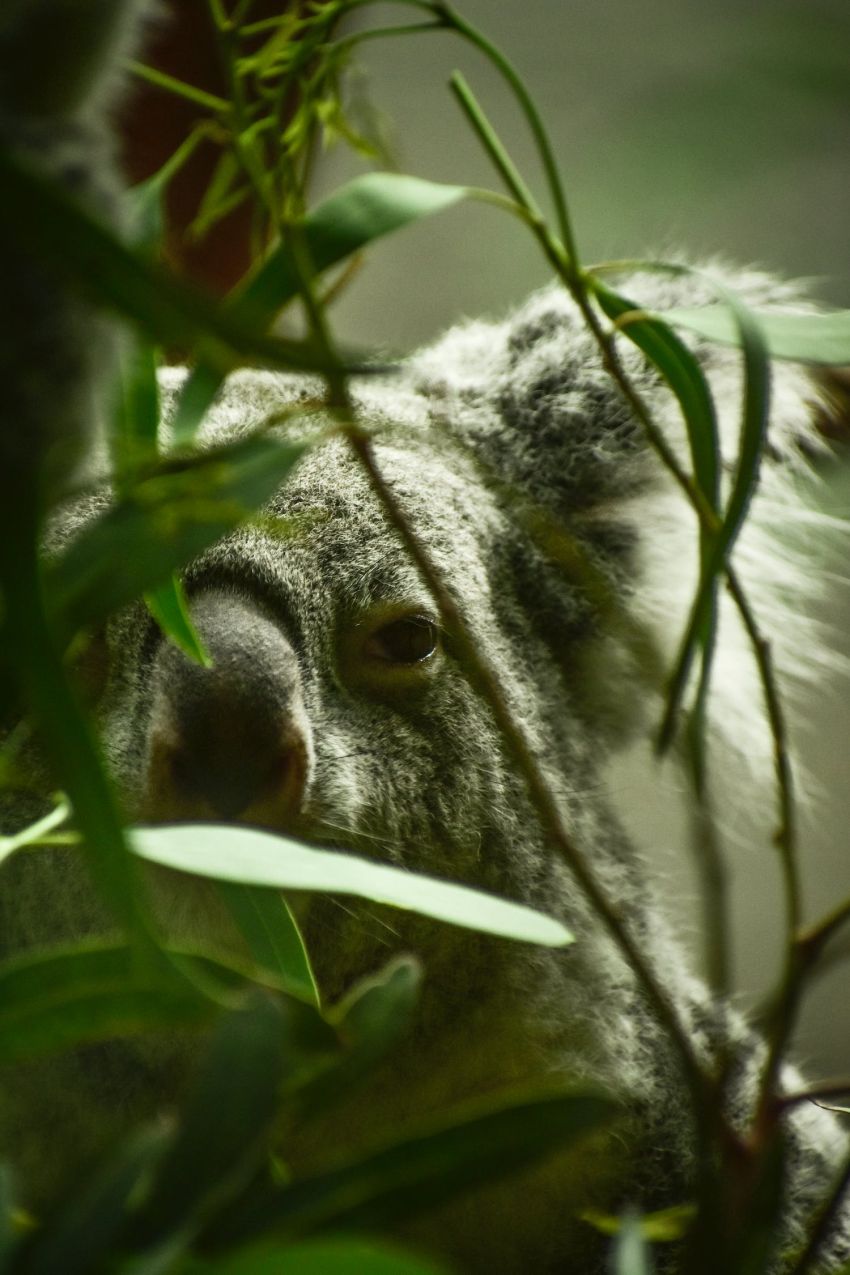
Australians are experts in killing off mammal species at rapid rate; now the koala has its days numbered.
Divergent attitudes to such animal species, notably indigenous ones, has been a point of some despair for conservationists. Ron Green, the zoological director of Canberra’s Australian National Wildlife Sanctuary, in 1995 put his finger on the matter by suggesting that Australians were “unique” in their “blasé” disposition.
“They’ll look at the white rhinoceros going into extinction on the TV, and become outraged but [have] an illusion that everything is fine in Australia; the ‘She’ll be right, mate’ syndrome, but we’ve wiped out the most mammals of any country in the world.”
Despite an emerging ecological awareness, the syndrome stalks the halls of power. Last month, the federal government found itself in the unenviable position of having to declare the koala an endangered species in Queensland, New South Wales and the Australian Capital Territory.
In 2012 the species had been listed as “vulnerable” in the same jurisdictions. As conservation scientist Stuart Blanch from WWF-Australia observed, “Koalas have gone from no-listing to vulnerable to endangered within a decade. This is a shockingly fast decline.”
The koala species has been savaged by an assortment of environmental changes, many of human making. Through the 1920s, hundreds of thousands were shot for their fur. Then came the devastating effects of tree-clearing in Queensland and NSW, ostensibly for urban and agricultural development. The effects were such that they led the Australian Koala Foundation to urge the Queensland government to place the species on the endangered list in the mid-1990s.
The Black Summer fires of 2019-2020 killed some 5000 and affected 24% of the habitats in NSW alone. According to WWF-Australia, the entire conflagration is estimated to have “killed, injured or affected in some way” 60,000 koalas.
The endangered status imposes no obligation upon the government to actually take any measures, odd as that sounds, but Prime Minister Scott Morrison never misses a chance to advertise a funding spray. At the end of January, he and Environment Minister Sussan Ley announced that $50 million would be provided “to boost the long-term protection and recovery efforts for Australia’s koalas”.
The package would, in the PM’s words, aid in “restoring koala habitat, improving our understanding of koala populations, supporting training in koala treatment and care, and strengthening research into koala health outcomes”.
Ley announced on February 11 that protection levels for the species would be boosted “under National Environmental Law”. The government was “taking unprecedented action to protect the koala, working with scientists, medical researchers, veterinarians, communities, states, local governments and Traditional Owners,” she said.
Ley said the Threatened Species Scientific Committee would be considering “the status of the Koala”.
The language of the announcement was a jarring mix of promotion and doom, with the doom element — declaring the koala as endangered in three jurisdictions — buried in over-the-rainbow promises of protection. “Together we can ensure a healthy future for the koala and this decision, along with the total $74 million we have committed to koalas since 2019 will play a key role in that process.”
Such empty displays of political theatre are acts of distraction and denial. The koalas may have been offered “a nice new word,” said Deborah Tabart, veteran chairwoman of the Australia Koala Foundation, “but behind all the photo opportunities and political rhetoric [governments] continue to approve the destruction of the koala habitat”.
There is little discussion of climate change and few proposed actions. WWF-Australia’s Stuart Blanch made the point that slapping an endangered status upon a species is one thing but, in this case, it “won’t stop koalas from sliding towards extinction unless it’s accompanied by stronger laws and landholder incentives to protect their forest homes”.
The Australian Koala Foundation (AKF) noted the absence of specific laws across the country to protect koalas and their habitat.
It wants the government to draft and pass a Koala Protection Act, with a focus on protecting the species’ habitat. “The reason we have been so clear about protection of trees is because if you are a koala and lose your home, you have nothing to eat, and you are lost, leaving you more susceptible to threats such as cars and dogs.”
The AKF claims to have a “precise list of trees” covering the geographic scope of the koala and insists that the onus be placed on any developer to demonstrate that their actions “will be benign to the landscape”.
With such stewards of the environment as Ley, animal species are doomed. This was predictable enough. For decades, Australia’s environmental portfolio has been leased, if not bought outright, by fossil fuel and developer interests. It was Ley who used her good offices to convince international officialdom that the world need not worry about the ailing health of the Great Barrier Reef. It was yet another example of the odious “She’ll be right, mate” syndrome.
[Dr Binoy Kampmark lectures at RMIT University.]